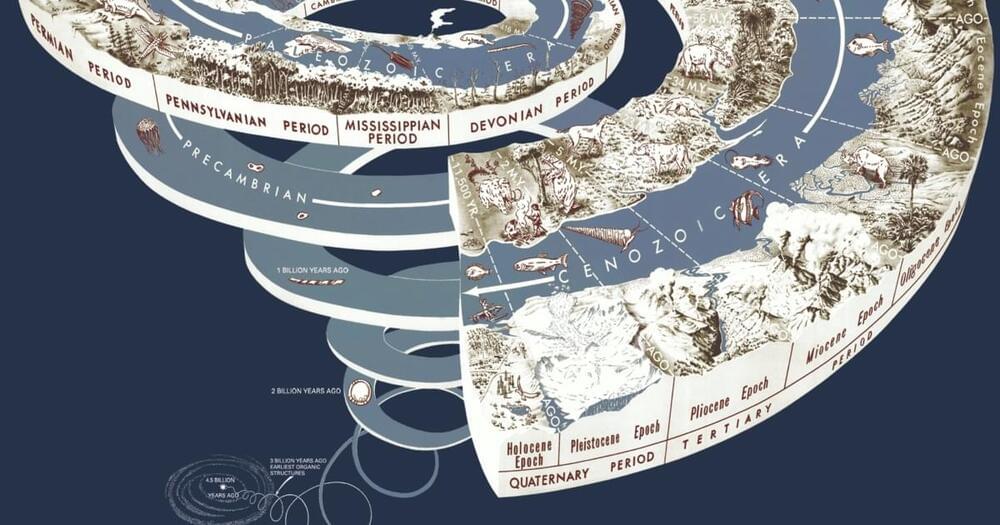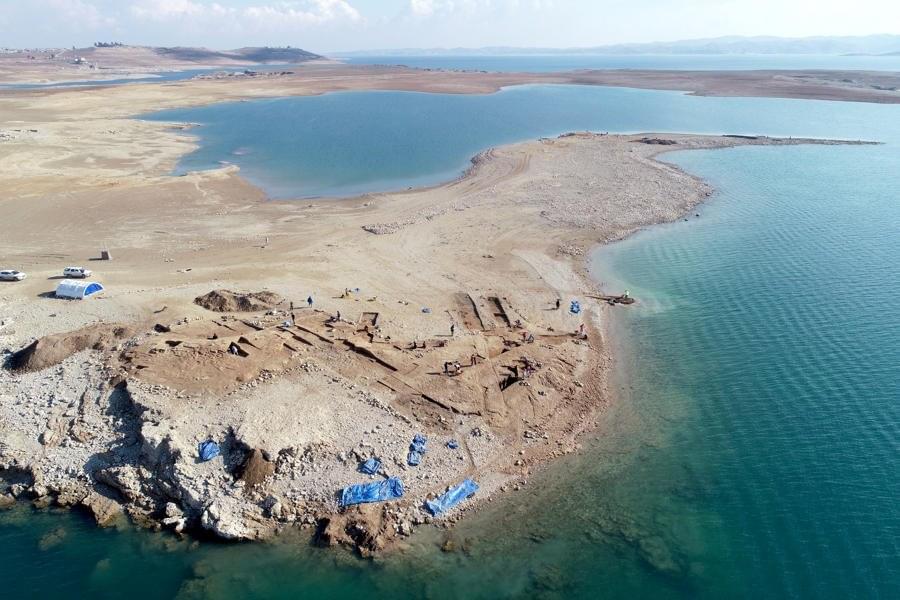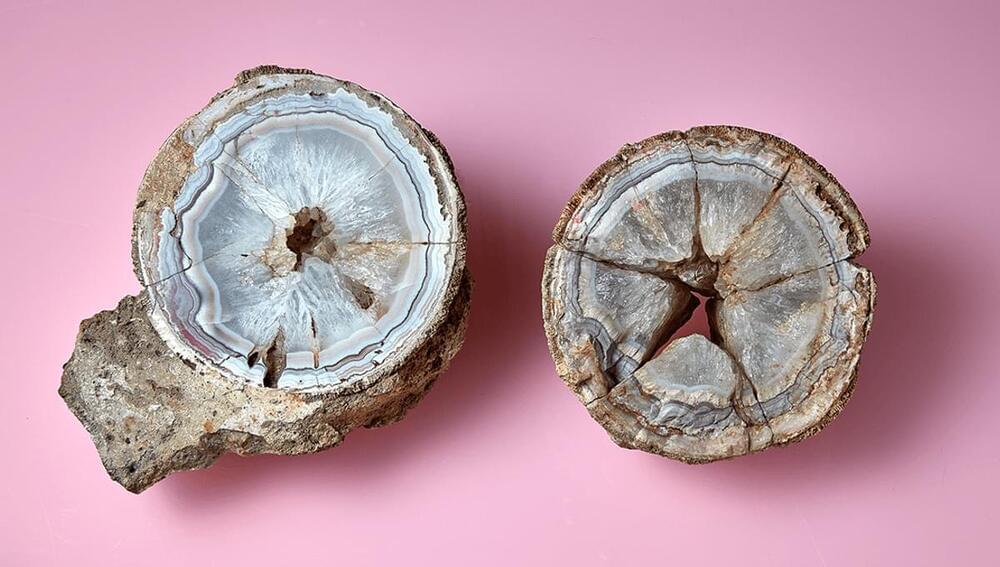If we navigate an uncertain future with a collective sense of agency, we can surf existential hope toward a deep civilization.




♡,♡!!!
In a sense, the extinct woolly mammoth has returned —as a meatball. On Tuesday, an Australian cultured meat start-up revealed a sphere of lab-grown meat, produced with a DNA sequence from the elephant-like mammal.
But you won’t find this product in grocery stores; the creation is not meant to be eaten, at least for now. Instead, the “mammoth meatball” aims to highlight the environmental impacts of standard agricultural practices and present cultured meat as a viable option for food production down the line.
“We wanted to get people excited about the future of food being different to potentially what we had before,” Tim Noakesmith, a co-founder of Vow, the company behind the meatball, tells Mike Corder of the Associated Press (AP). “We thought the mammoth would be a conversation starter. … What we wanted to do was see if we could create something that was a symbol of a more exciting future that’s not only better for us, but also better for the planet.”

The flavour of fresh lemon is delicious, but this citrus fruit becomes even more wonderful when it is preserved in salt, says Sam Wong
By Sam Wong

The Mittani Empire’s urban center is revealed by a drought.
A 3400-year-old city from the Mittani Empire that was formerly situated on the Tigris River has been discovered by a group of German and Kurdish archaeologists.
Early this year, as a result of the severe drought in Iraq, a town erupted from the waters of the Mosul reservoir.
In order to figure out how English might evolve in the future, we have to look at how it has changed in the near and distant past.
The sounds emitted by plants are ultrasonic, beyond the hearing range of the human ear. Plant sounds are informative: mostly emitted when the plant is under stress, they contain information about its condition.



Back in 1,883, a pretty agate mineral was registered to the Natural History Museum’s Mineralogy Collection. Around 15 centimeters (6 inches) across, almost completely spherical but otherwise unassuming, the specimen has remained in the collection for the last 175 years, until a chance finding revealed it to be a dinosaur egg.
The specimen’s pretty colors of light pink and white interior caught the eye of Robin Hansen, one of the Mineral Curators at the museum who helped prepare the specimen when it was selected to go on display in 2018. Then a trip to a mineral show in France helped reveal the significance of the rock.
‘While I was looking around the show, a dealer showed me an agatised dinosaur egg, which was spherical, had a thin rind, and dark agate in the middle,” recounts Hansen in a statement. “That was the lightbulb moment when I thought: ‘Hang on a minute, that looks a lot like the one we’ve just put on display in the Museum!’”